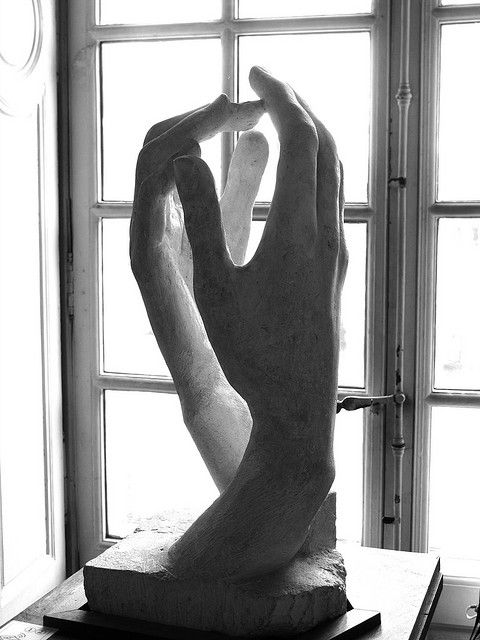Dear Integral Meditators,
How can you use mindfulness to improve your relationship wisdom? The article below offers some specific pointers for practice!
In the spirit of wise relating,
Toby

Four ways of being mindful in relationships
Mindfulness is about training your attention in specific ways. In each area of your life there are ways of paying attention that are going to be particularly useful for mastering that particular domain of experience. Its not like there is just one way of being mindful that you master. For every activity you need to identify the specific ways of paying attention that will going to help you become more mindfully effective in that area. In mindful relationships there are four objects of attention that can be particularly useful to bear in mind and pay attention to. These are the first, second and third person perspectives, plus what you might call a ‘we perspective, or ‘we space’. These perspectives each reveal a particular dimension of how the relationship is playing out, and gives you information that can be helpful in finding a solution to problems and encouraging harmony and well-being.
I’ll explain these four perspectives below. To do this as an exercise as you are reading, it might be useful at this point to bring to mind one of your own relationships that you want to look into. It could be a personal one with a lover or family member, or a professional one such as with a colleague or business partner.
The first-person perspective – What it looks like from your point of view.
The first-person perspective is what the situation in the relationship looks like from your personal point of view; from ‘my point of view’, ‘how I see it’. What are you experiencing? What are your feelings, needs, desires and wishes? How do you experience the other person and their behaviour? Spend time opening to awareness of what your experience is in the relationship. Its really important to know where you stand and what’s going on for you!
The-second person perspective – Their point of view
This second point if view means looking at the situation from the other person(s) point of view. How are they feeling, why are they speaking in the way they are? What is their body language communicating? What is their mindset and values? Here you get out of your perspective and try and inhabit their POV as fully as possible. Use your imagination and intuition to ‘walk a mile in their shoes’. Try and understand their perspective as experientially as possible.
The third person perspective – Being a ‘fly on the wall’
In this third position, you observe the interaction impartially. This objective, 3rd person perspective is like being a fly on the wall; you are not personally interested in any of it. You are just gathering information, taking notes, being as empirical as possible. You’ll find this reveals a very different understanding from positions one and two!
Position four – The ‘we space’
This fourth position observes the interactive space that you create between each other, or in the group. You find it by asking questions like ‘What is the dynamic of my relationship with this person?’ and ‘What do we thrive on together, and what creates friction between us?’ Your ‘we space’ is the unique culture that exists in any relationship that you have with another person. Attention to how that dynamic works will give you important insights into what you can do and how you can behave to improve its quality.Any relationship you have that you want deeper insight into, or want to improve, try taking each of these four perspectives regularly, and then acting upon the insights that you glean from them. Happy observing! R
Related articles: Cultivating Mindful Relationships
Four Methods for Cultivating Mindful Relationships
Dealing mindfully with anger and conflict in your relationshipsRelated coaching with Toby: Handle stress and have peace of mind
© Toby Ouvry 2018, you are welcome to use or share this article, but please cite Toby as the source and include reference to his website www.tobyouvry.com
Integral Meditation AsiaOnline Courses * 1:1 Coaching * Books * Live Workshops * Corporate Mindfulness Training *Life-Coaching * Meditation Technology



 Making mindful use of your to-do list
Making mindful use of your to-do list



 The Power of Presence – Dealing mindfully with anger and conflict in your relationships
The Power of Presence – Dealing mindfully with anger and conflict in your relationships